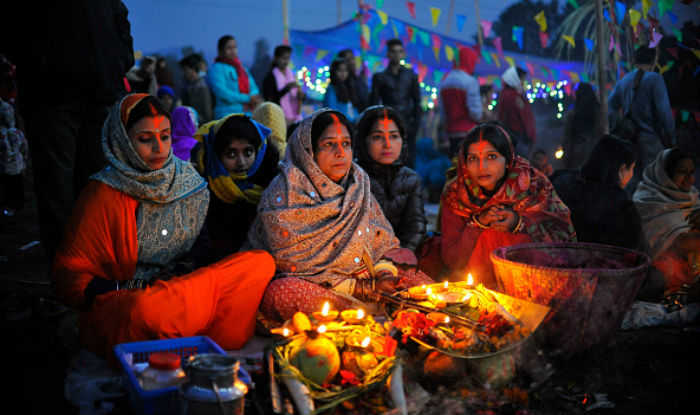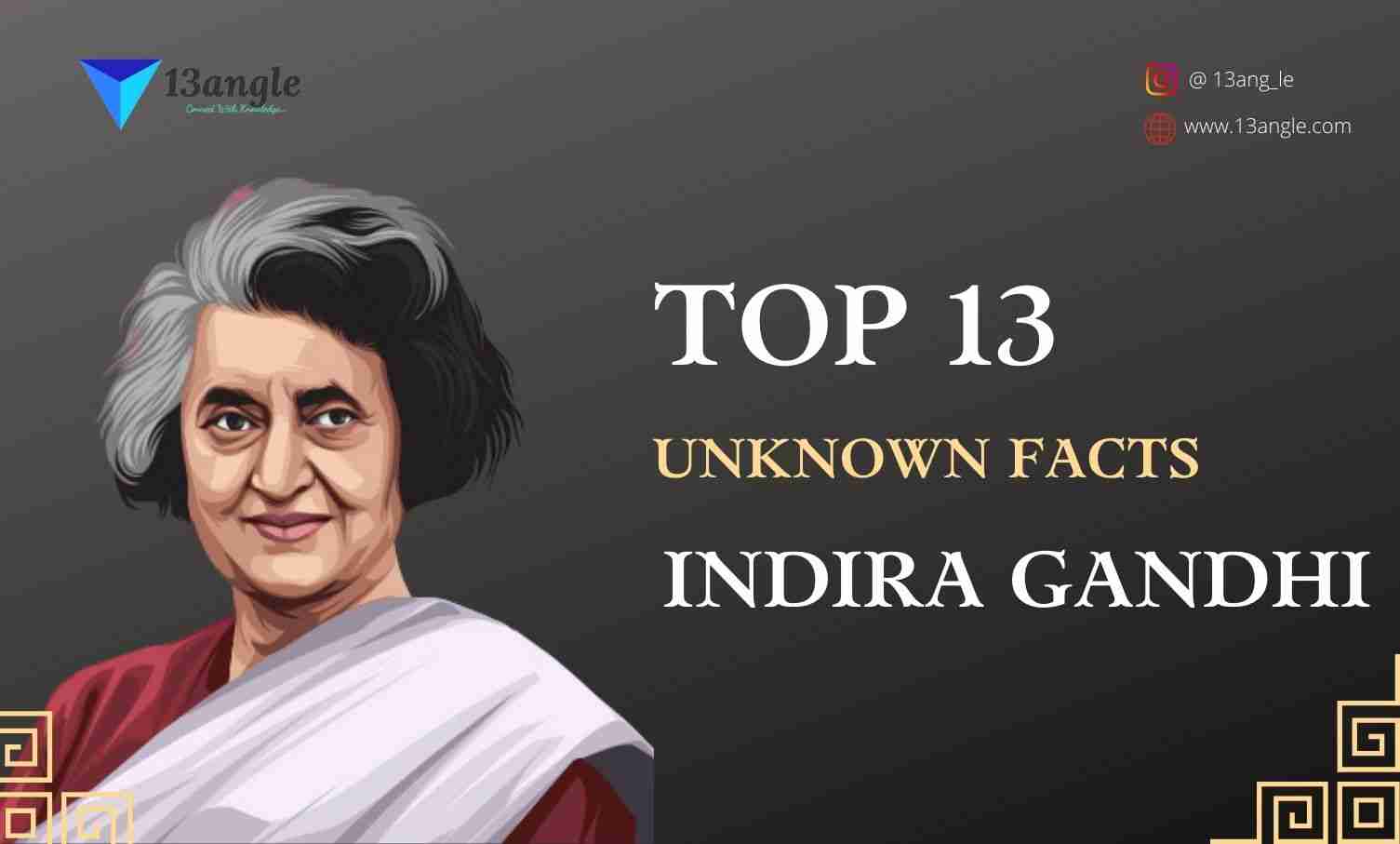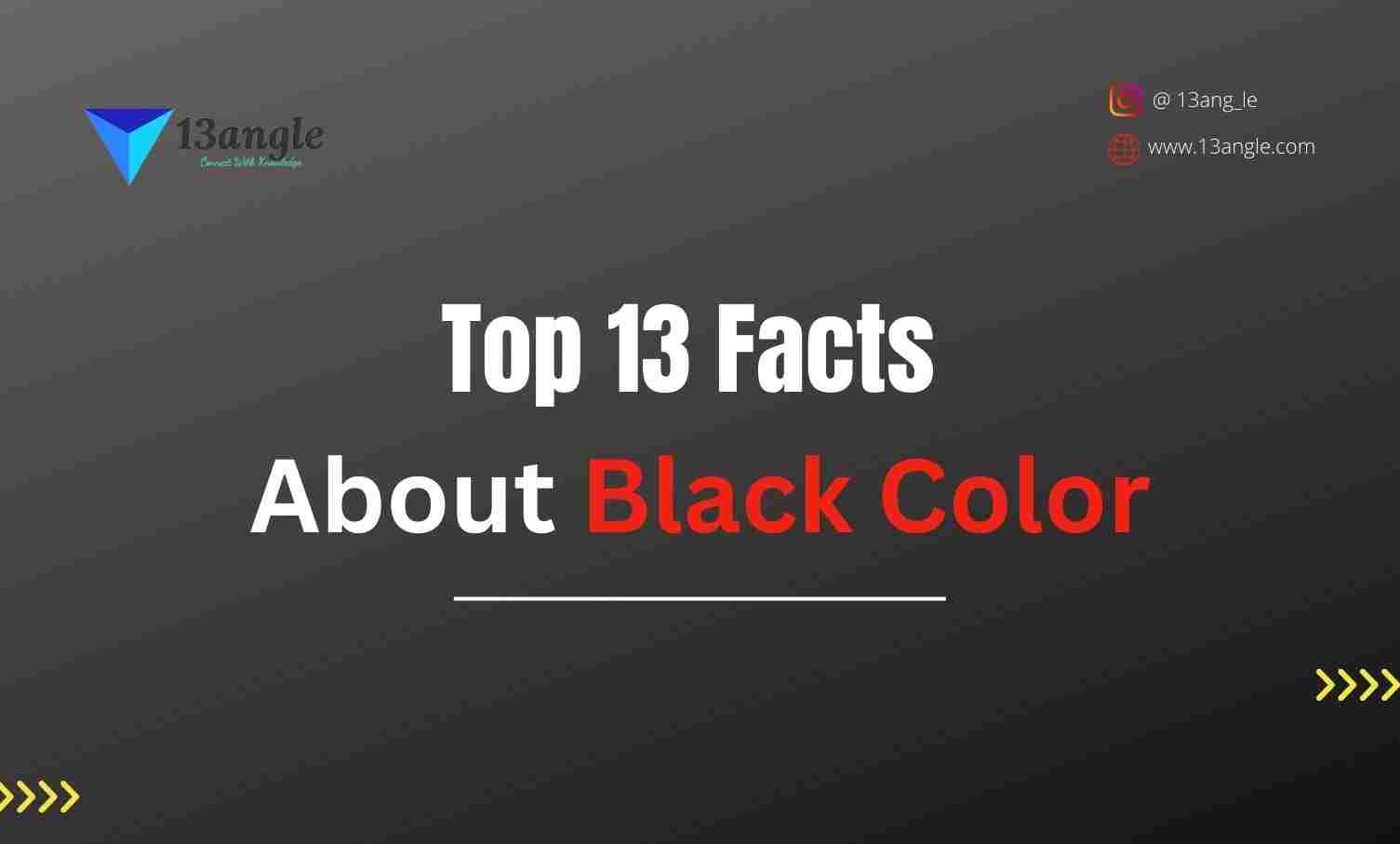
Chhath Puja is a Hindu festival dedicated to the worship of the Sun God (Surya Dev).
It is mainly celebrated in the northern regions of India, particularly in Bihar, Jharkhand, Uttar Pradesh, and some parts of Nepal.
Chhath Puja is a four-day festival, which usually falls in the month of October or November, six days after Diwali.
The festival is celebrated to thank the Sun God for sustaining life on earth and seeking blessings for the well-being and prosperity of the family.
During the festival, devotees fast and offer prayers to the Sun God and his consort, Chhathi Maiya.
The festival involves several rituals such as taking a dip in the holy river, fasting, and offering prasad to the Sun God.
The first day of the festival is known as Nahay Khay, where devotees take a dip in the holy river and prepare traditional food.
The second day is known as Kharna, where devotees observe a fast for the whole day and break it in the evening after offering prayers to the Sun God.
The third day is known as Sandhya Arghya, where devotees offer prayers to the setting sun and make offerings of fruits, flowers, and prasad.
The fourth and final day is known as Usha Arghya, where devotees offer prayers to the rising sun and seek blessings for the well-being of their family.
Chhath Puja is also known as Surya Shashthi or Dala Chhath, and it is one of the most ancient and popular festivals of India.
The festival has its origins in the Vedic period and is believed to have been celebrated since the Mahabharata era.
Chhath Puja is a symbol of unity and harmony as it brings people from all walks of life together to celebrate and offer prayers to the Sun God.

Read full article on Chhath Puja





